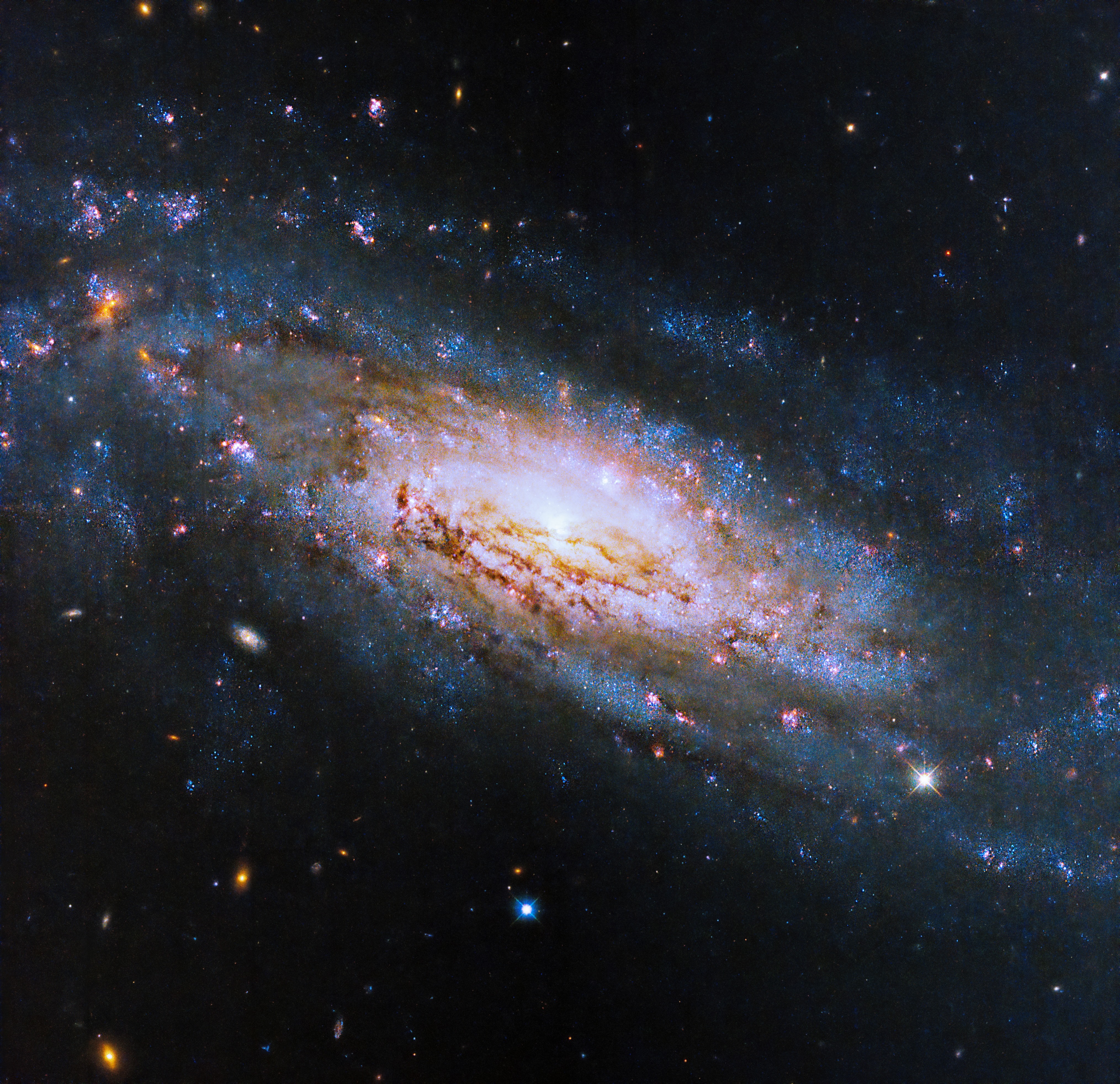2024-05-03 ペンシルベニア州立大学(PennState)
<関連情報>
- https://www.psu.edu/news/materials-research-institute/story/better-graphene-material-development-may-improve-implantable/
- https://pubs.acs.org/doi/full/10.1021/acsnano.4c01792
2次元ボロフェンナノプレートレットにおける立体選択的ホウ素-イオウ共役によるキラル誘起 Chiral Induction in 2D Borophene Nanoplatelets through Stereoselective Boron–Sulfur Conjugation
Teresa Aditya, Parikshit Moitra, Maha Alafeef, David Skrodzki, and Dipanjan Pan
ACS Nano Published:April 23, 2024
DOI:https://doi.org/10.1021/acsnano.4c01792
Abstract

Chirality is a structural metric that connects biological and abiological forms of matter. Although much progress has been made in understanding the chemistry and physics of chiral inorganic nanoparticles over the past decade, almost nothing is known about chiral two-dimensional (2D) borophene nanoplatelets and their influence on complex biological networks. Borophene’s polymorphic nature, derived from the bonding configurations among boron atoms, distinguishes it from other 2D materials and allows for further customization of its material properties. In this study, we describe a synthetic methodology for producing chiral 2D borophene nanoplatelets applicable to a variety of structural polymorphs. Using this methodology, we demonstrate feasibility of top-down synthesis of chiral χ3 and β12 phases of borophene nanoplatelets via interaction with chiral amino acids. The chiral nanoplatelets were physicochemically characterized extensively by various techniques. Results indicated that the thiol presenting amino acids, i.e., cysteine, coordinates with borophene in a site-selective manner, depending on its handedness through boron–sulfur conjugation. The observation has been validated by circular dichroism, X-ray photoelectron spectroscopy, and 11B NMR studies. To understand how chiral nanoplatelets interact with biological systems, mammalian cell lines were exposed to them. Results showed that the achiral as well as the left- and right-handed biomimetic χ3 and β12 borophene nanoplatelets have distinct interaction with the cellular membrane, and their internalization pathway differs with their chirality. By engineering optical, physical, and chemical properties, these chiral 2D nanomaterials could be applied successfully to tuning complex biological events and find applications in photonics, sensing, catalysis, and biomedicine.



